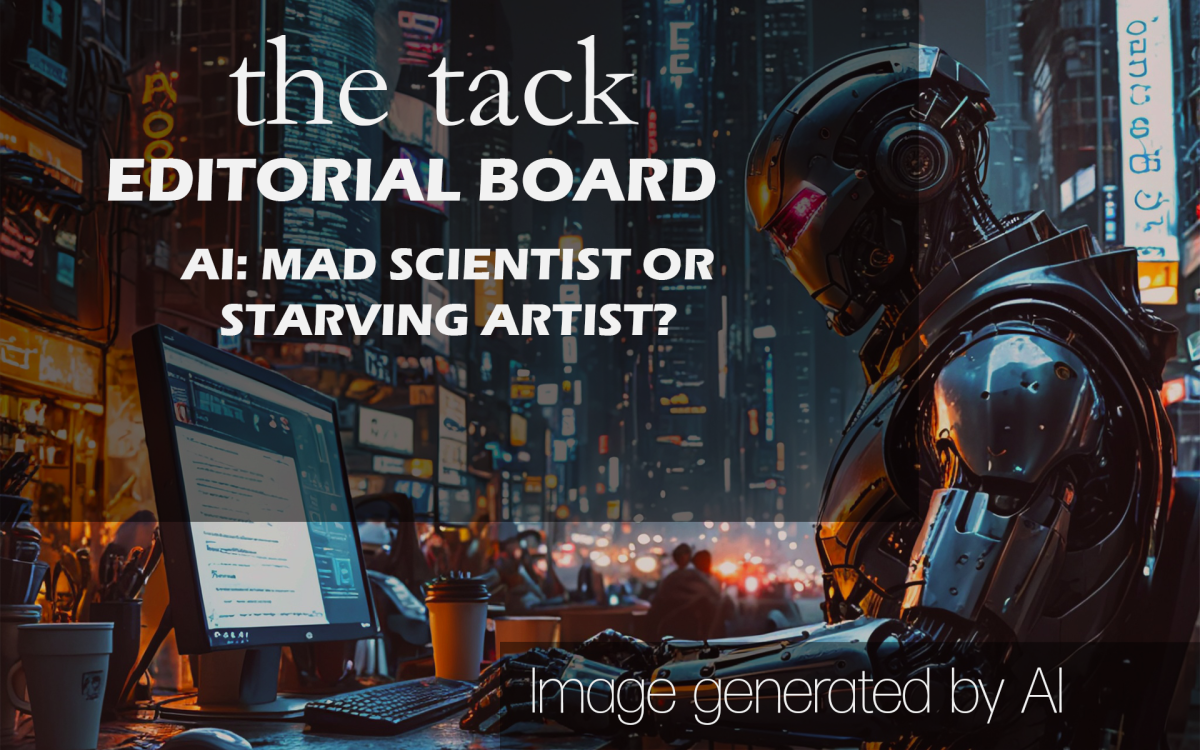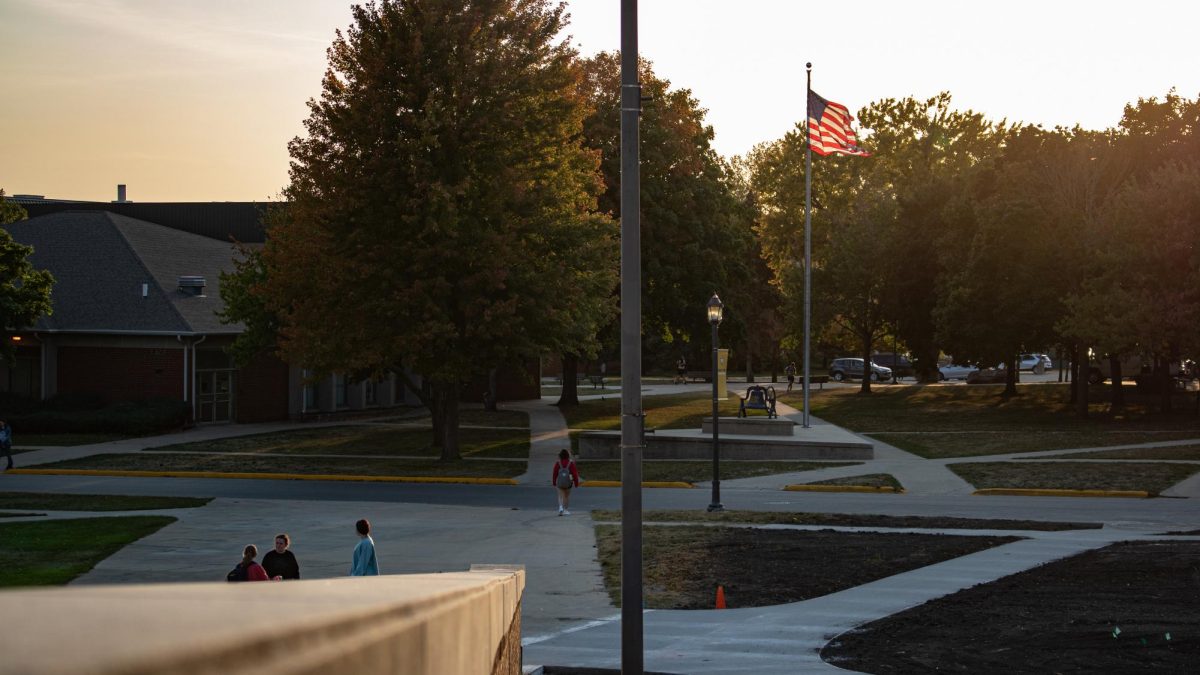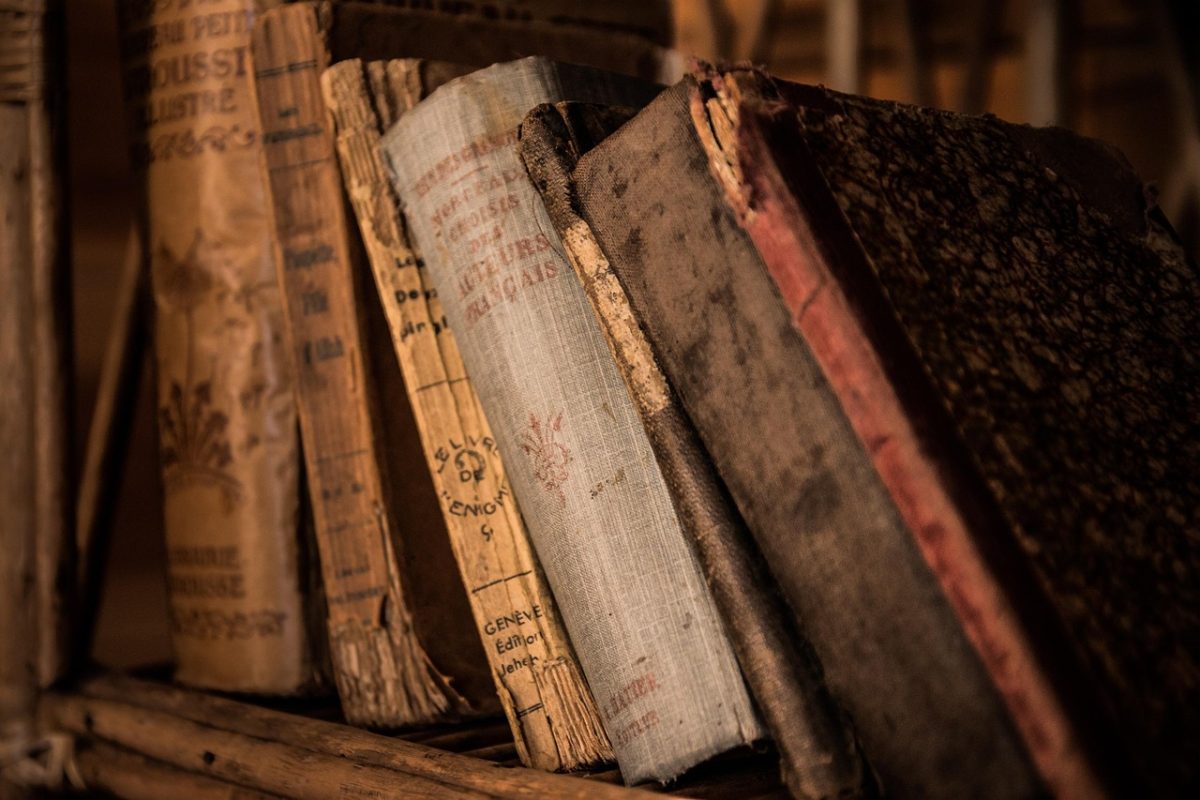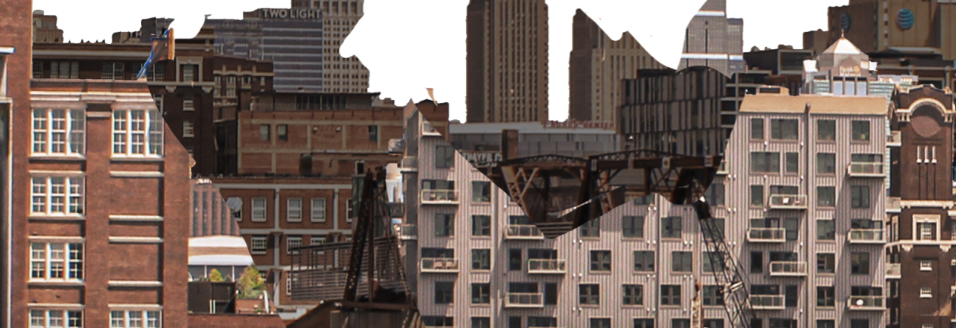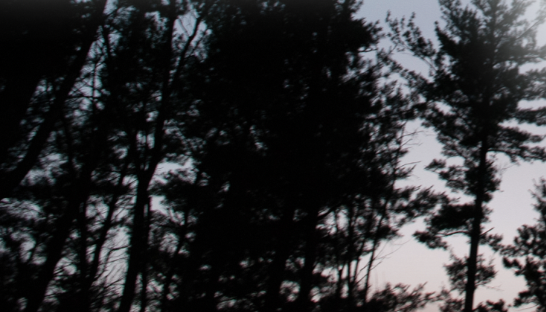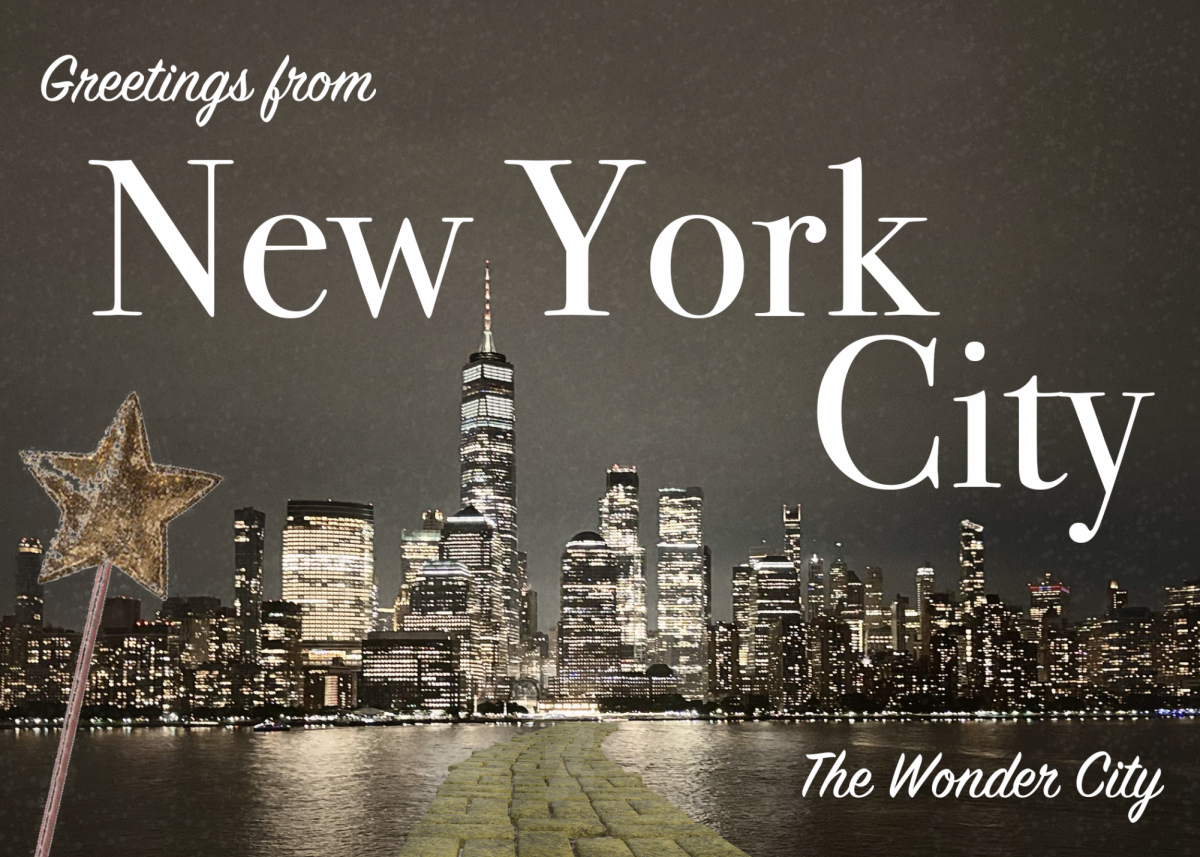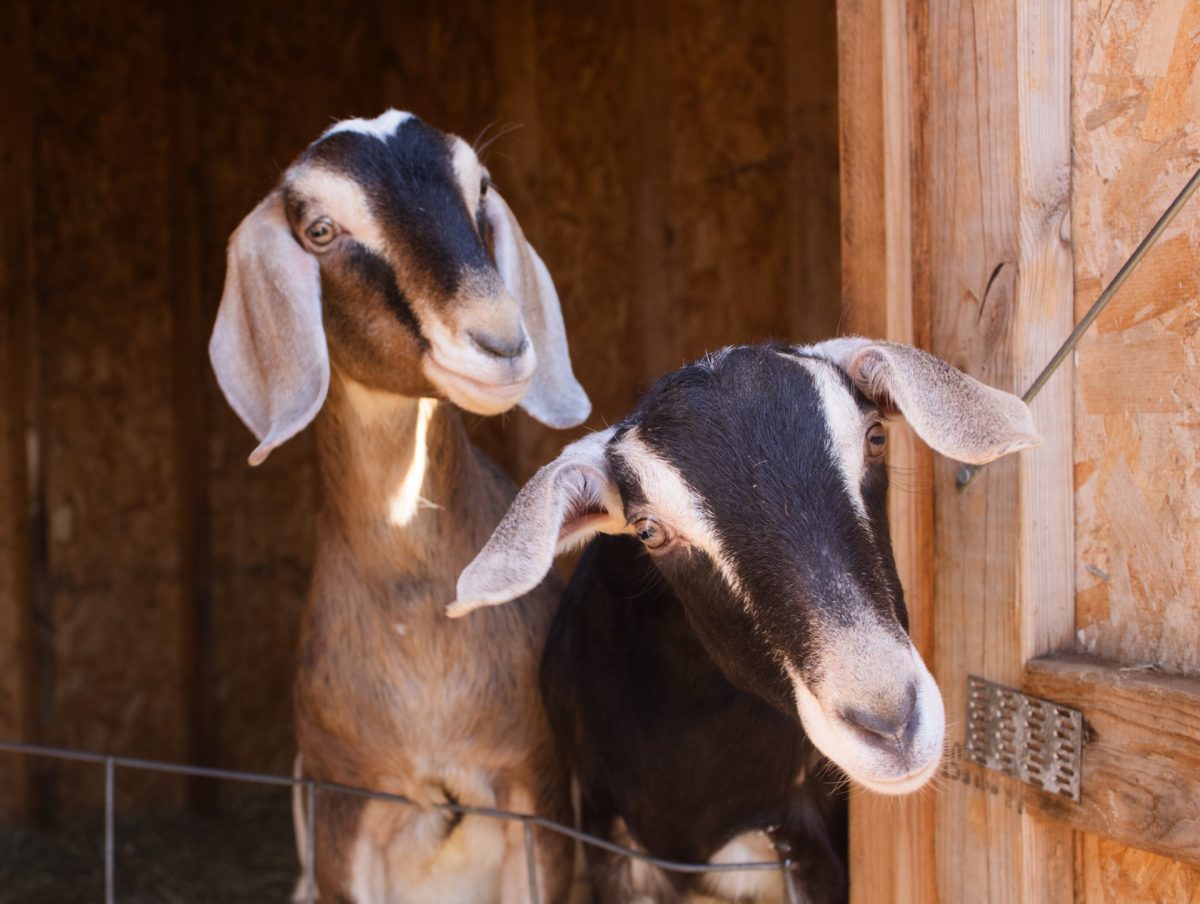We don’t need to tell you that Artificial Intelligence (AI) is a hot topic right now. It has affected so many aspects of our lives: academic honesty policies, press releases, covers of Nintendo’s Toad singing almost any song imaginable, and art. With or without our approval, there has been a wave of change in the creative community as the abilities of generative AI develop.
In an interview with CNBC, artist Rubem Robierb said, “In its infancy, [generative] AI can create more images in a second [than] the human brain can even process. This is not necessarily a good thing, but we are all here forced into the experiment.” There’s a certain inevitability implied by this quote. The so-called “experiment” of generative AI is moving forward faster than the public can form a stance on the topic, and it is easy for that to feel threatening.
When we look to our popular media on how to respond to AI’s growing abilities, we encounter science fiction stories about robots taking over the world and AIs taking the place of human creators. It’s not unreasonable to feel a distaste for AI art in that context. Sam Leach, an Australian artist, told The Guardian that he often sees what he refers to as a “blanket rejection of the technology and anything to do with”. But is shutting down AI art the right- or even a possible- answer?
Human-made art is not going anywhere anytime soon. While an AI can replicate and alter hundreds of thousands of images, it does not yet have the ability to create new ideas, only to extrapolate from old ones. Eric Zhou and Dokyun Lee published research on trends in “AI-assisted artists” and their work. One aspect of their study was about “Content Novelty”, which is a measure of originality in creative work. They found that, over time, content novelty decreases, and that the subjects and themes of “new” AI art are becoming more and more similar. Humans are needed to improve on AI work, but AI also may help humans become more creative in the process.
Sam Leach, the painter who spoke with The Guardian explained how he has fed an AI his own work so that it can generate new concepts that he can select and turn into paintings himself. While the AI lays out the composition of the painting, Leach does an extensive amount of editing during the creation of the piece, to refine the idea from the AI’s suggestion. Once he finishes the painting, he uses “art critic chatbots” to critique the piece so that he can hone his skills.
This use of AI leans towards using it as an art medium, not an artist. An article in the journal Science compares AI creation to other new mediums and advancements in the art world: “As these tools become more widespread, and their use becomes commonplace (as with photography a century ago), it remains an open question how the aesthetics of their outputs will affect artistic outputs.” This comparison suggests that AI is a new tool in our world, one that can be used by a variety of new AI artists to create.
The same article states that “As creativity is reimagined, so too may be many sectors of society.” Now, it’s our job to respond. We need to take a close look at how we use AI as a tool versus trying to use it to overwrite human creativity. We may not be the ones driving the AI experiment, but we are the ones who can decide where it leads us.



